In today’s highly-connected digital world, consumers are largely tuning out traditional advertising in favor of reviews and recommendations from their social networks. People are constantly sharing advice and information about the brands and trends they’re interested in, and individuals with engaged followings can have a tremendous amount of influence over their audience.
This, in a nutshell, is why influencer marketing works. By partnering with influential social media creators, businesses have the opportunity to reach highly targeted, engaged audiences with the kind of content that builds brand awareness and loyalty.
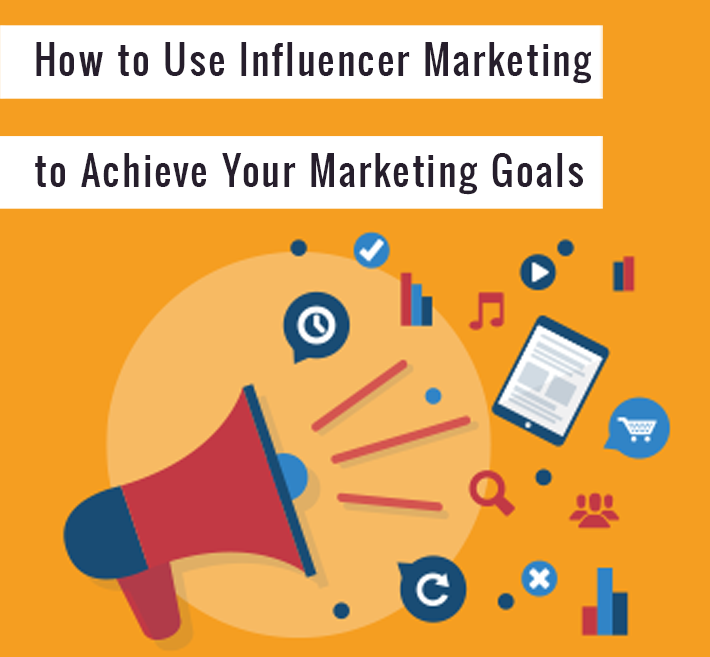
How to Use Influencer Marketing to Achieve Your Marketing Goals
Whether you’re new to influencer marketing or looking to expand your knowledge, you’ve come to the right place. In this article, we’re going to give you an industry crash course by answering the following questions:
- What is influencer marketing?
- What do you need to know about the different types of influencers?
- Why should you use influencer marketing?
- How do you create an influencer marketing strategy?
- What are the steps to getting started with influencer marketing?
- How do you measure the success of an influencer marketing campaign?
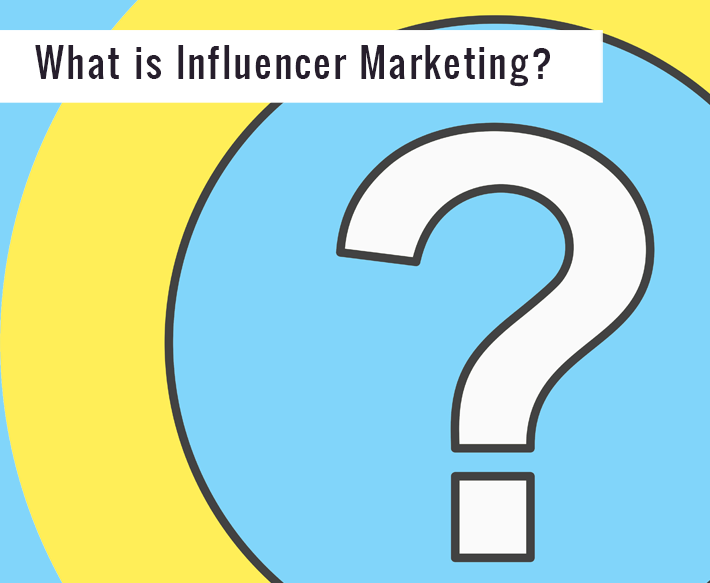
What is Influencer Marketing?
Influencer marketing is a type of marketing that involves using an influential person to reach new audiences. It’s sort of a modern version of the celebrity endorsement, with a twist: influencers use their content creation skills to share brand messaging in their own original voice and aesthetic.
Online influencers include bloggers and social media users who have sway over their fans and their purchasing decisions. Their influence typically comes from online popularity, expertise on a topic (like cooking, DIY, or fashion), and their reputation. They’ve built a connection with their followers, who have come to trust their opinions and recommendations.
Brands now have a highly effective way to reach targeted consumers: by partnering with the right influencer and having them authentically promote their products and services.
The Different Types of Influencers
When you’re thinking about the different types of influencers you might want to partner with, consider these factors:
1) Niche: Many successful influencers focus on a key areas of expertise when they are creating content. This is why you have food influencers, beauty influencers, fashion influencers, parenting influencers, design influencers, entertainment influencers, and more. Basically, any topic you can think of has an audience, and within those audiences there are influencers creating engaging content.
Targeting by niche can be a great approach, because this is where influencers really shine. Since they know their audiences so well, they can speak to the topics they know their followers are also interested in, whatever that may be.
2) Following: While the number of followers an influencer has isn’t the only thing you want to evaluate; it will impact the reach and price of your campaign. On Instagram, there are different tiers of influencers broken down according to their follower counts:
- Nanoinfluencers: 1-10K followers
- Microinfluencers: 10-100K followers
- Macroinfluencers: 100-500K followers
- Celebrity Influencers: 500K+ followers
Note that celebrity status influencers with followers in the millions often have a much lower engagement rate than influencers with smaller audiences, for a variety of reasons. Large accounts can feel impersonal, they can attract thousands of fake followers, and they often aren’t viewed as authentic and relatable.
In comparison, micro- or nanoinfluencers typically have much higher engagement rates. Whether they have an aspirational brand or feel like an everyday friend, these creators are perceived as regular people sharing their real-life experiences and opinions.
Why Does Influencer Marketing Work Better Than Old-School Ads?
Working with influencers is a much more organic way to reach consumers compared to traditional advertising. In fact, influencer marketing programs drive 16 times more engagement than paid or owned media. Marketing-boosted consumer-to-consumer word of mouth generates more than two times the sales of paid advertising. In addition, 74% of consumers rely on social media to inform their purchase decisions, making this an important space for you to reach them.
Traditional ads are often subject to software blockers and audiences who simply ‘change the channel.’ The right kind of influencer marketing delivers brand messaging as part of the content an audience is already consuming — i.e., a clothing brand that sponsors a fashion influencer’s outfit of the day, or a food influencer sharing an original recipe with ideas and tips for using a brand’s spice products.
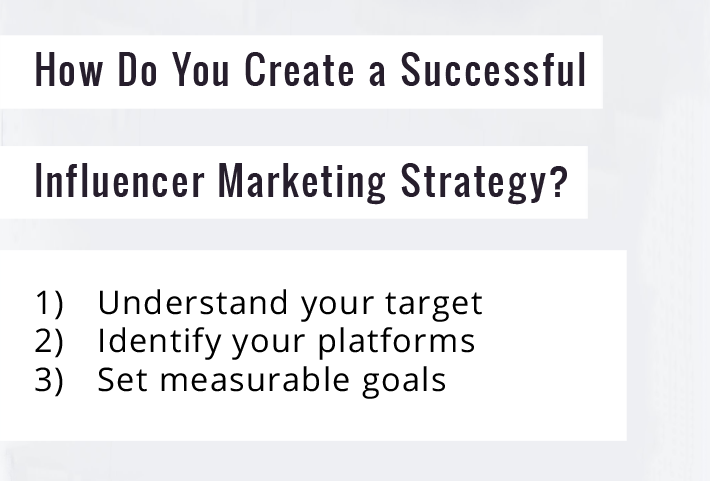
How Do You Create a Successful Influencer Marketing Strategy?
Before activating influencers for a marketing campaign, you need to have a plan in place for your campaign. There are a few important things to keep in mind when creating your plan:
- Understand Your Target Audience: Think about what you are trying to sell. What group of people would 1) benefit the most, and 2) be the most interested? The people who fit in both of these groups are your target audience.
- Identify Your Platforms: What platforms will you use in your campaign? If your target audience is older, look towards Facebook. A younger audience will be easier to reach on Instagram. Using the wrong platforms for your target audience can severely hurt a campaign, so be careful about where you choose to activate influencers.
- Set Measurable Goals: Have specific goals for your campaign – don’t just say that you want to sell your product. How many impressions do you want to get, how many engagements do you expect to see, are you going to track app downloads or purchases with coupon codes? Setting goals early on will help you decide which influencers to hire and ensure that you are structuring the campaign for optimal ROI.
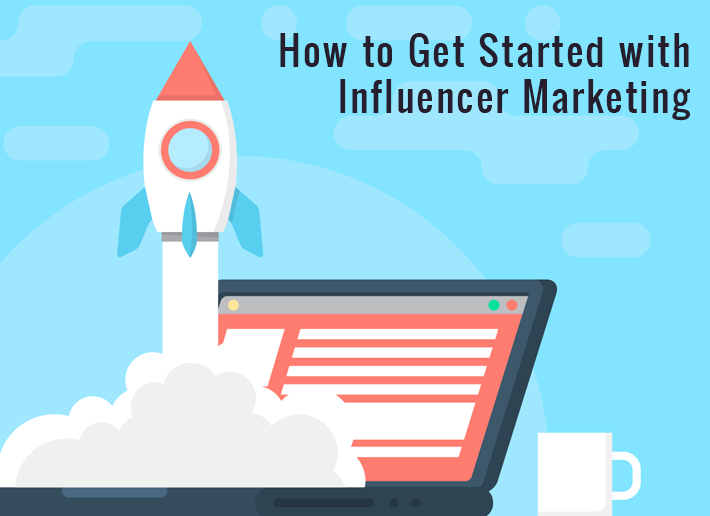
How to Get Started with Influencer Marketing
Finding Influencers to Promote Your Brand
Now that you have a strategy in place, it’s time to find your influencers. Look above at the different types of influencers. Which niche and tier(s) do you think will be right for your campaign? Once you have an idea of the type of influencer you want to engage, you will want to look for influencers with engaged audiences on your target social media platforms to find influencers who are a great fit.
To start, narrow down a list of potential influencers based on their niche, following, engagement rate, and aesthetic. Then you will want to take a look at their followers – are they a good match for your ideal customer? Even though an influencer is 37 years old, female, and lives in Detroit, that doesn’t mean that all of her followers match that demo. You will want to vet any potential influencers thoroughly to make sure they and their audience will be a good fit.
Writing Influencer Contracts
The influencer’s role has been evolving along with the industry; once viewed simply as a product placement opportunity, influencers are now being commissioned as photographers and videographers, brand ambassadors, writers, and marketing specialists.
Some people who are new to the field of influencer marketing might think that contracts are not needed, if all the influencer is doing is making a few posts on social media. However, you’re a business making a legal relationship with an independent contractor, and the contract should contain important details such as when payment is due and who owns what after it is created.
Your contract with the influencers will lay out all of the specifics of the campaign, like:
- What the deliverables are – be specific as possible
- When content is to be posted with concrete dates
- Which platforms will be used
- When payment is due
- Who owns what after the content is posted
- Cancellation clauses
- Confidentiality and exclusivity
- FTC disclosure expectations
Make your contracts as specific as possible and be upfront about everything, so that you and the influencers you hire are on the same page about how the influencer campaign is going to work. Be prepared to negotiate with the influencers both on fees and content ownership/licensing.
Writing an Influencer Brief
After the contract, the single most important document for an influencer campaign is the influencer brief. The brief is the outline for what your chosen influencers will post for your brand. It is there to prevent any confusion when posts are being created – essentially becoming the campaign’s North Star. Things that might be seen in an influencer brief include:
An overview of the campaign’s theme
- Content prompts
- Key messages
- Watch outs to avoid
- Hashtags and social amplification requirements
Not only does the brief give an overview of the content, it creates a rubric by which the content can be judged. If there is something you want to see, or something you don’t want to see, make sure it’s in the brief!
Quality Assurance for Influencer Content
Every influencer marketing campaign should include a quality check of the content. You don’t want mistakes to slip through the cracks, and you definitely don’t want to risk violating any FTC Guidelines for sponsored content.
The way you tackle quality assurance for your campaign can depend on many factors, such as the size of your team, the number of influencers you are hiring, and how many posts will be going live. It is recommended that you assign at least one review deadline for your team to check content. Here at Sway, we provide a top-notch quality assurance team who checks every piece of content both before and after it goes live.
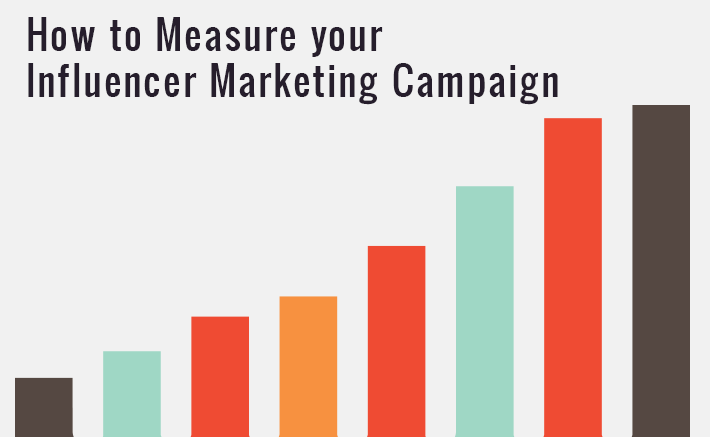
How to Measure your Influencer Marketing Campaign
It’s important to analyze the performance and ROI of influencer marketing campaigns. The type of metrics you’ll want to measure will be based on your program objectives. Are you aiming for a certain number of video views or post shares? Is your focus on likes, newsletter signups, coupon code redemptions, or sales? Every campaign will have its own unique set of meaningful metrics. At Sway Group, we have a reporting system that helps clients understand every detail behind their campaign performance, but you can analyze your influencers’ posts or use a tool that reads social metrics.
Which influencer metrics are most important? Again, that will vary based on your goals, but we recommend starting with engagement. Engagement goes beyond exposure by showing how a consumer took action with a piece of content. This will help you understand the level of audience involvement and interest in your influencers’ sponsored content.
As you look at the data, you will also want to identify any unexpected wins to share with your team. Our reporting team loves it when a campaign not only exceeds its goals, but also catches the eye of traditional media like our New Year’s Eve campaign with Dominos or is recognized with an industry award like our Stonyfield campaign.
Like everything else in digital marketing, influencer marketing is evolving at a rapid pace. At Sway Group, it’s our job to be experts in this field, and we can help you reach the right people, in the right place, at the right time. Interested in learning more about influencer marketing and what we can do for your business? Talk to us today.
